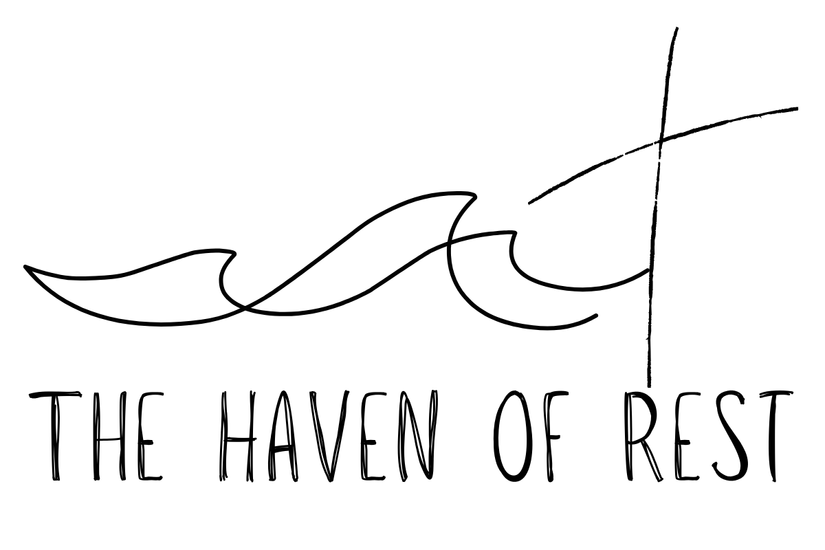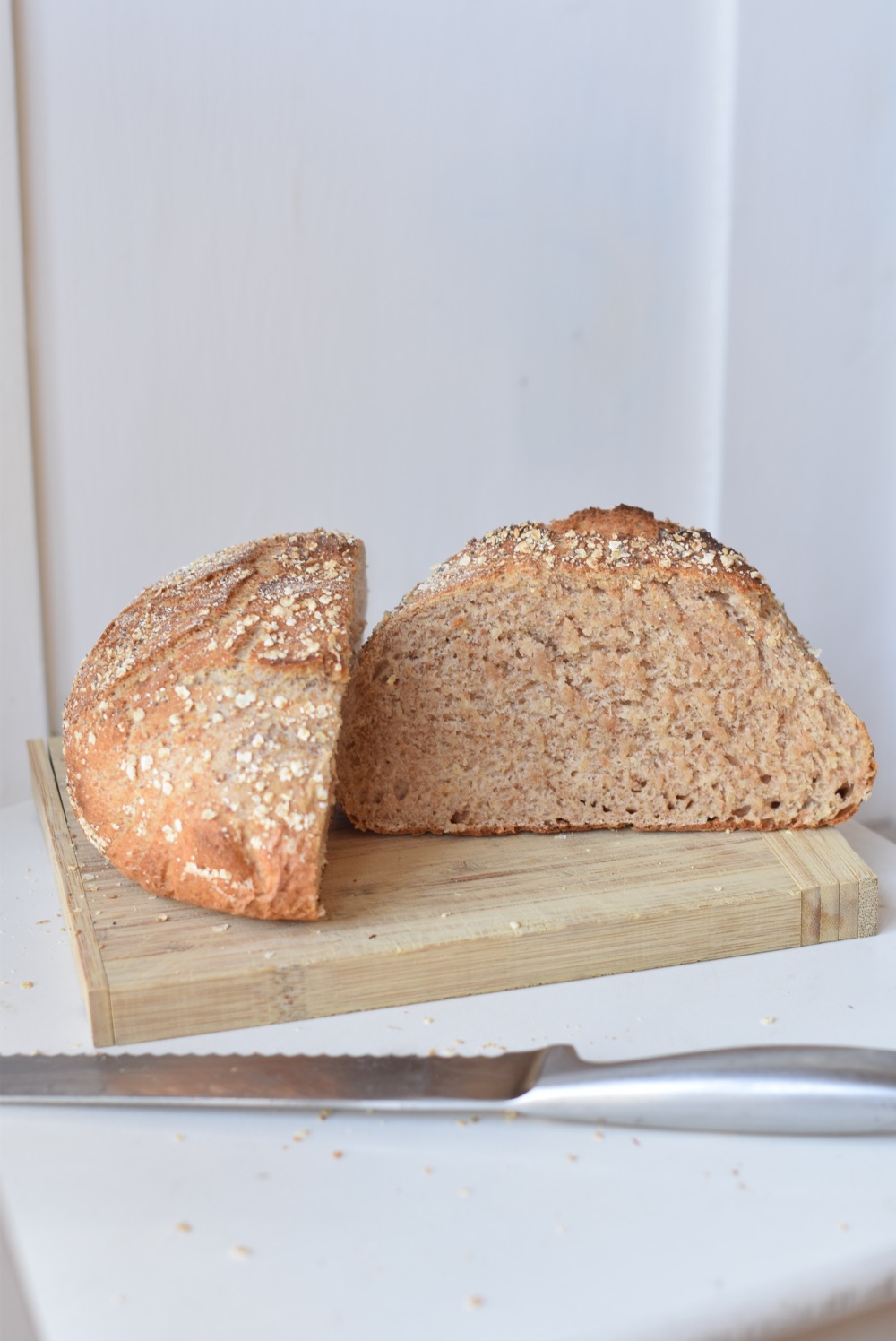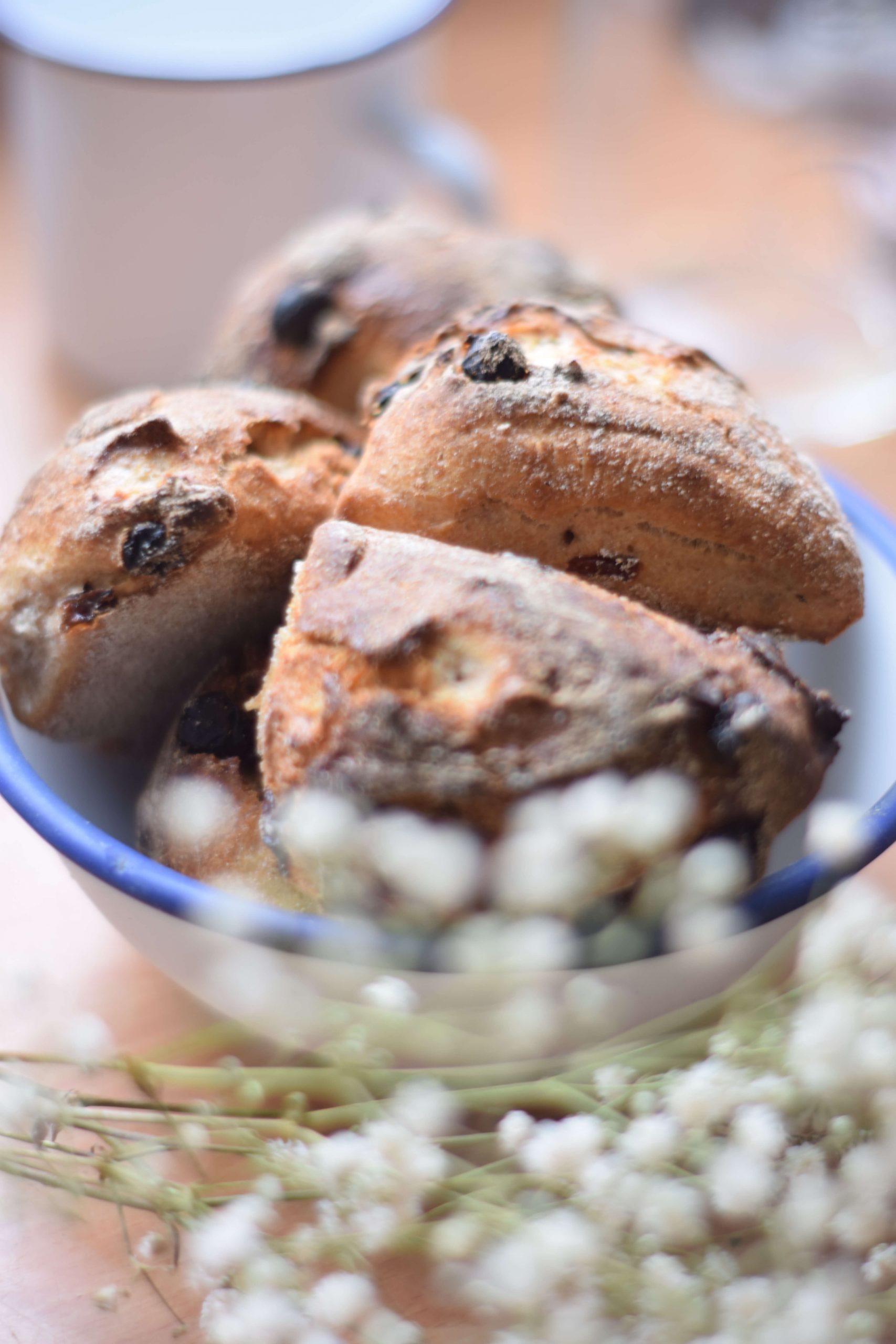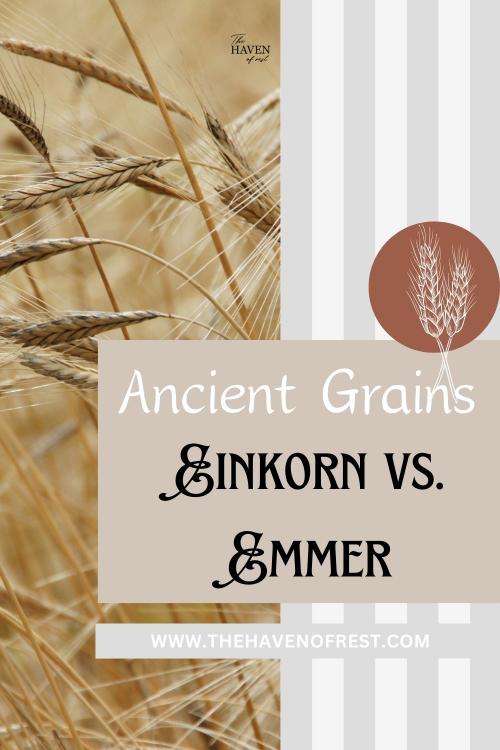Written by: Tahnee Wientjes
Ancient grains are great for baking and cooking. They have numerous beneficial features. They are strong types of flour great for baking sourdough bread with. Let’s find out more about these beautiful ancient wheat types.
This post may contain affiliate links. That means I make a small commission for purchases made through these links, at no extra cost to you. All opinions are my own. You can read my full disclosure here.
Table of Contents
Ancient Grains: oldest known cultivated varieties of wheat
Ancient wheats are some of the oldest known cultivated varieties of wheat that we know of today. They differ greatly from modern varieties of wheat. Not only in their baking characteristics, and nutritional value but also in their genetic structure.
Free e-book! Learn all you need to know to start baking sourdough breads
Click the image for your free copy.
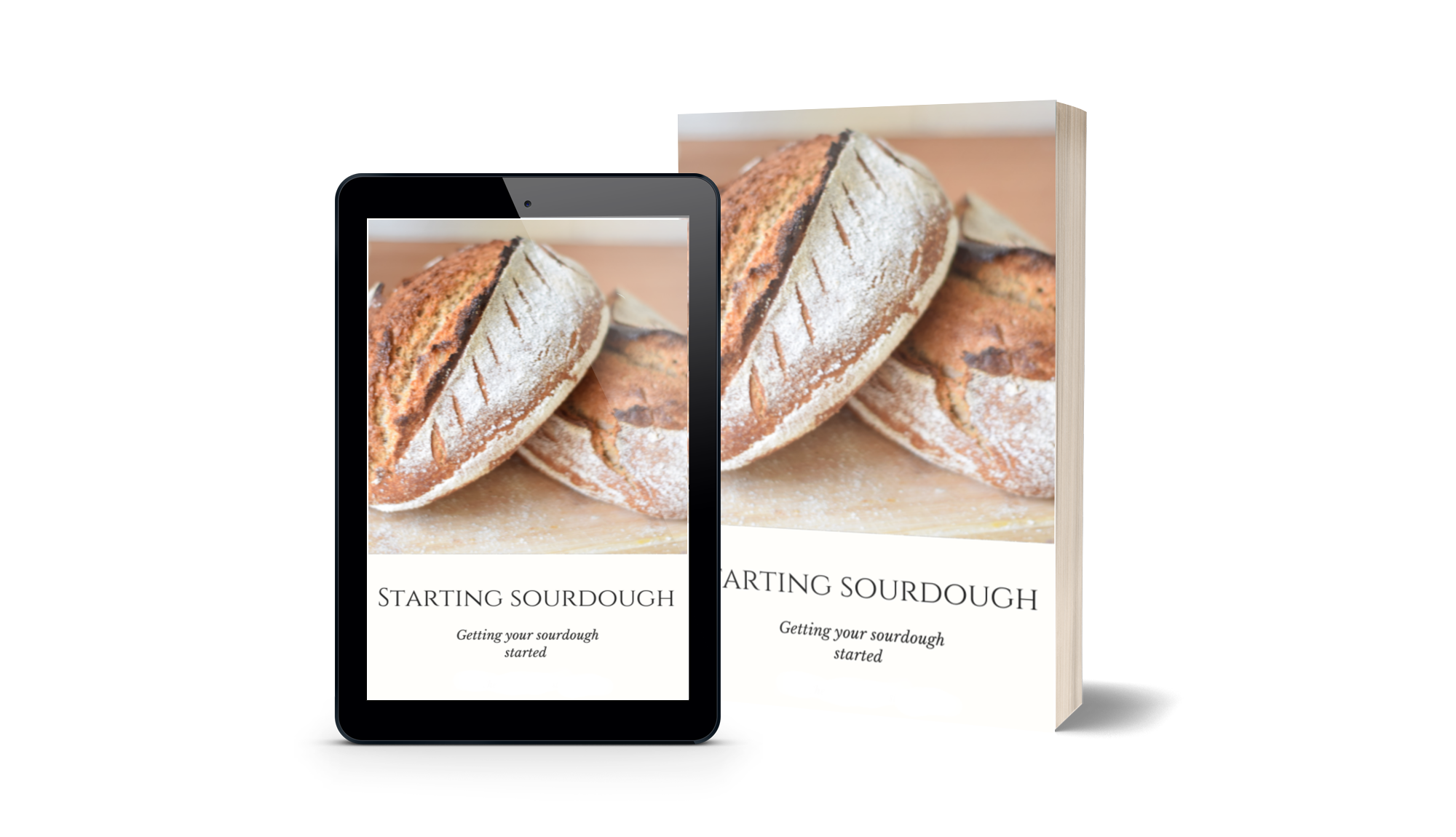
A brief introduction to the genetics of ancient wheat… Einkorn contains only 14 chromosomes, emmer 28 and spelt 42, which gives these types of ancient wheat each a different genetic structure. Einkorn is diploid, meaning it has two sets of chromosomes, emmer is tetraploid which means it has four sets of chromosomes. Spelt is a hexaploid type of flour, which means each set of chromosomes occurs six times.
Types of wheat as we know them today mostly originated from hybridization between ancient grains and wild wheat species.
The earliest forms of wheat were likely cultivated in the fertile areas of the Tigris-Euphrates region, which is also referred to as the fertile crescent. The rivers in the area would regularly overflow and enrich the neighboring soils, providing an ideal environment for growing crops such as grains and produce.
There are more heirloom grains than just einkorn, emmer and spelt, but more on these older wheat types later in the blog post.
Ancient Hulled Wheat and Threshing Wheat
Each grain kernel or wheat berry is surrounded by a hull. Most types of wheat can be threshed to remove the hull. However, hulled ancient grains have a hull that’s tightly attached to the rest of the kernel, making it difficult to remove.
The advantage of ancient hulled wheats is that the hulls protect the kernels from disease and rot. The other side is, that because it’s harder to remove, it’s more time- and labor-consuming. Which makes most ancient grains more expensive. Due to its labor-intensive nature, ancient grains such as einkorn are produced in small quantities.
Heirloom or ancient grain?
These terms are often used interchangeably, but there is a slight difference. Ancient grains are grains with a “pure line” so to say. They haven’t changed over thousands of years. Like einkorn still being einkorn.
The term “heirloom grains or heritage grains” on the other hand is mostly used to address types of wheat that were introduced by migrating people. Before the industrialization of farming, various types of wheat were grown, which are now sometimes called “heirloom wheat”.
This post is about ancient grains in their “pure”, unchanged form.
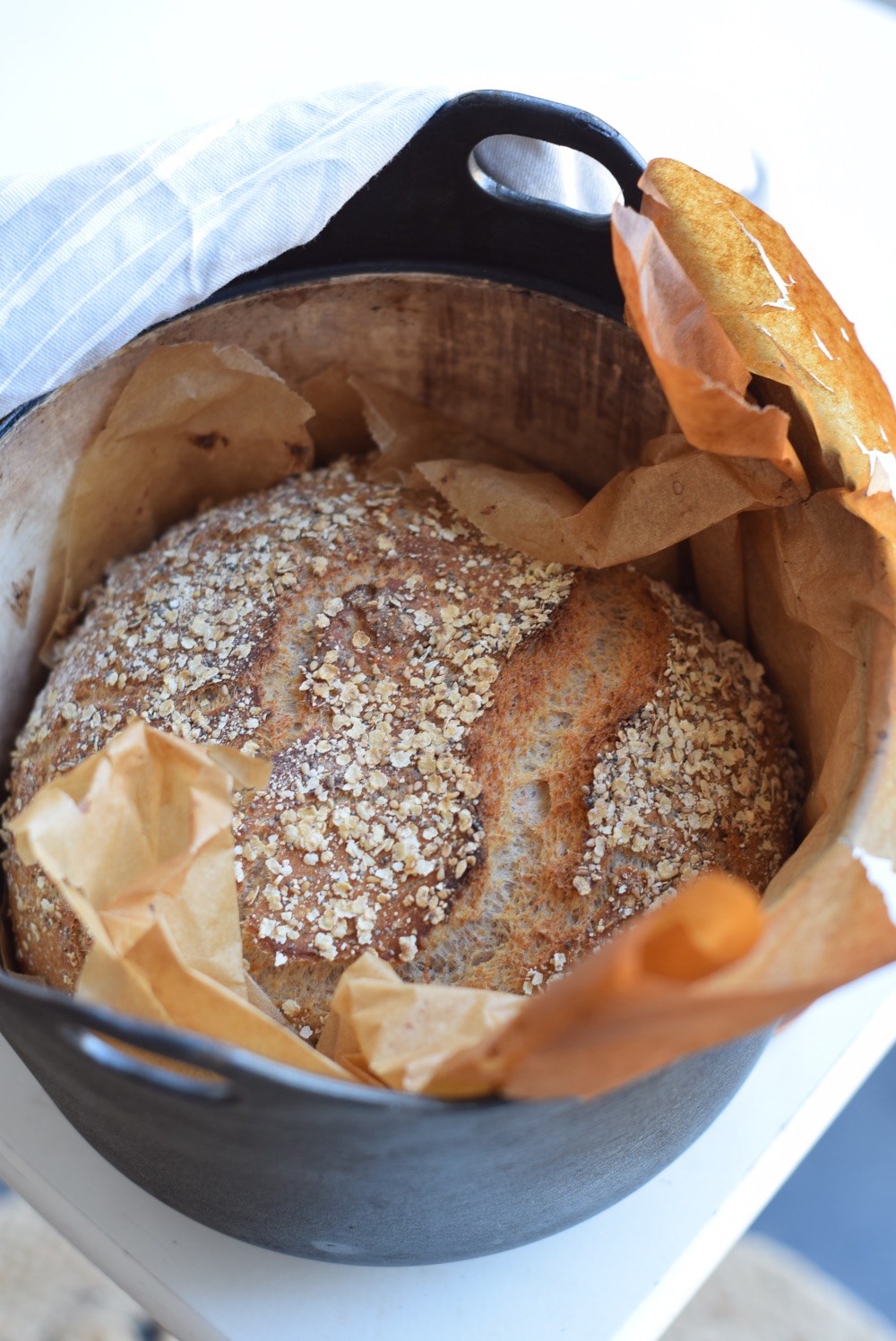
Wheat Species: Einkorn, Emmer and Spelt
Let’s have a little closer look at the three “main” wheat species: einkorn, emmer and spelt. These are my favorite types of wheat to cook and bake with. I have different purposes for each of them, but I mostly love them for their nutritional benefits. I like things that are close to how they were created and intended.
Einkorn
Whole einkorn flour is a staple in our house and I use it for baking (sourdough) bread, making whole einkorn Dutch pancakes, and einkorn wheat berries can be cooked to make a healthy breakfast or to use in salads. It can be a little harder to work with in the beginning, but it has a lovely nutty flavor and yields great results when you keep trying. It’s sometimes said that einkorn contains less gluten, making it a better option for those with gluten sensitivities. Some state that there’s no difference in gluten. Using einkorn flour in sourdough bread can make it easier to digest though, making it more suitable for people with celiac disease (gluten intolerance).
Einkorn (Triticum monococcum) is considered to be one of the oldest types of wheat. It’s a hulled wheat, making it naturally more resistant to diseases and rot. When you look at its shape, it looks like one tightly packed wheat spike with its awns close to the spike and little kernels.
Because hulling the wheat is more labor-intensive than free-threshing kinds of wheat it’s still only produced in smaller quantities, mostly in East Europe, France and the Mediterranean. Each single grain needs its hull to be removed and that’s one of the reasons why it’s more expensive than regular all-purpose flour for instance.
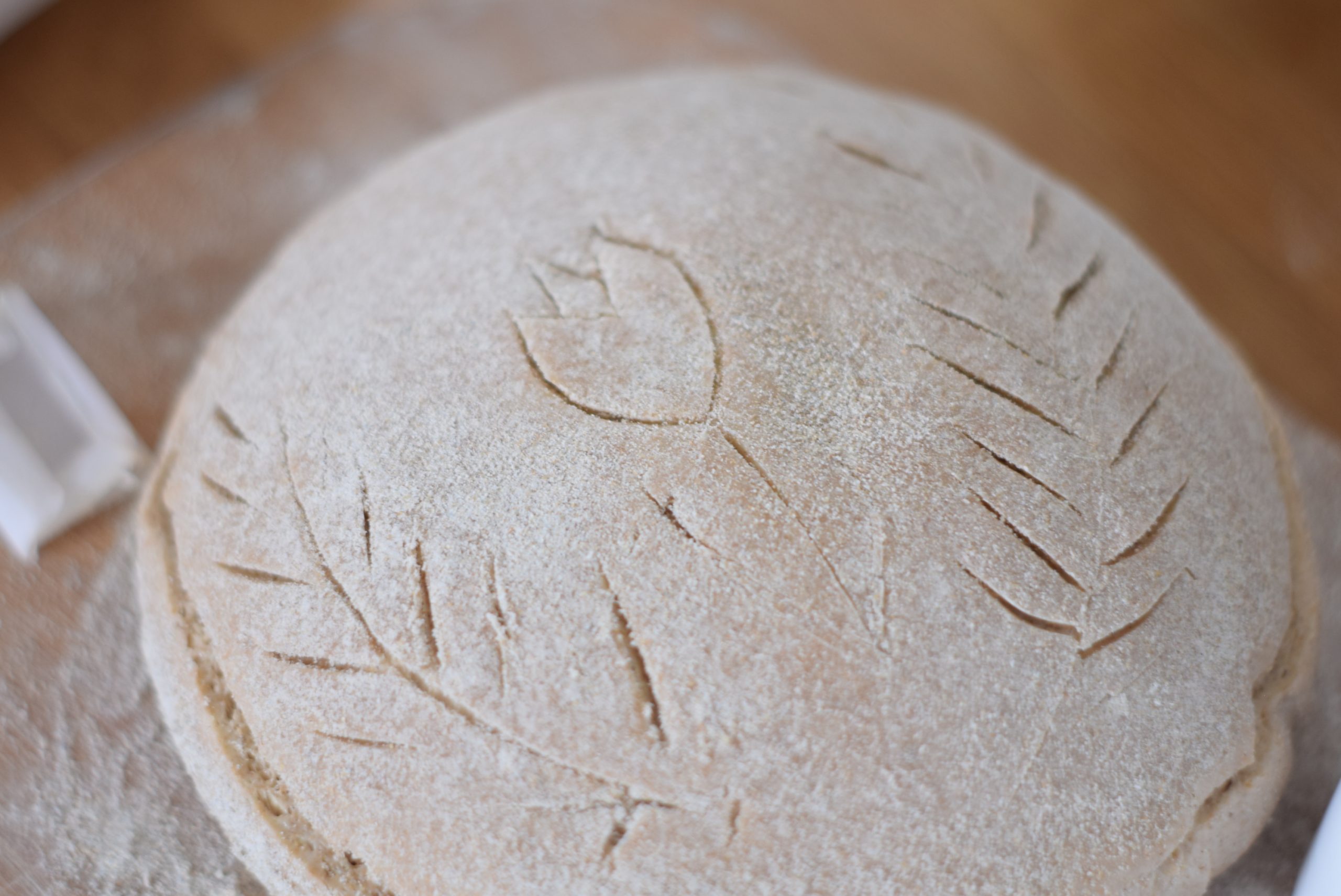
Emmer
Emmer wheat (Triticum dicoccum) is thought to have originated in the Middle East but was also used in ancient Egypt and North Africa. It’s also one of the ancient wheat varieties that I love to use in baking and cooking. I find it a little easier to work with than Einkorn.
Emmer is believed to be the ancestor of durum wheat. You probably know durum wheat flour (also called hard wheat flour) as an ingredient for making great pasta.

Spelt
Spelt is believed to have been one of the first types of wheat used for making bread. Its origin can be traced back to the region that is now known as Iran.
Spelt flour is my favorite for making cookies! And I love using spelt for making bread when I want a “lighter” bread, not a fully whole wheat bread.
Besides these three types of ancient grains, there are many ancient grains in the ancient wheat family to be discovered. Red fife, khorasan wheat (also known as pharaoh’s wheat) and red wheat are all worth looking into.
A Little About Farro Wheat
When you’re looking for an ancient type of wheat, you might come across the term farro. Think of the Italian word “farina”, which means flour.
Although the term “farro” is used for what we would call spelt most of the time. In recipes, it can be used by cooking the wheat berries and enjoying them in a salad for instance.
Though farro usually refers to spelt, there are three different types of farro. All are types of hulled wheat, namely einkorn, spelt, or emmer. In Italy, they can be referred to as farro grande (spelt), farro medio (emmer), and farro piccolo (einkorn).
Any type of farro has a high protein content and a delicious, chewy texture.
Let’s go back to the three main ancient grains, einkorn, emmer and spelt and see how they differ from common types of wheat today.
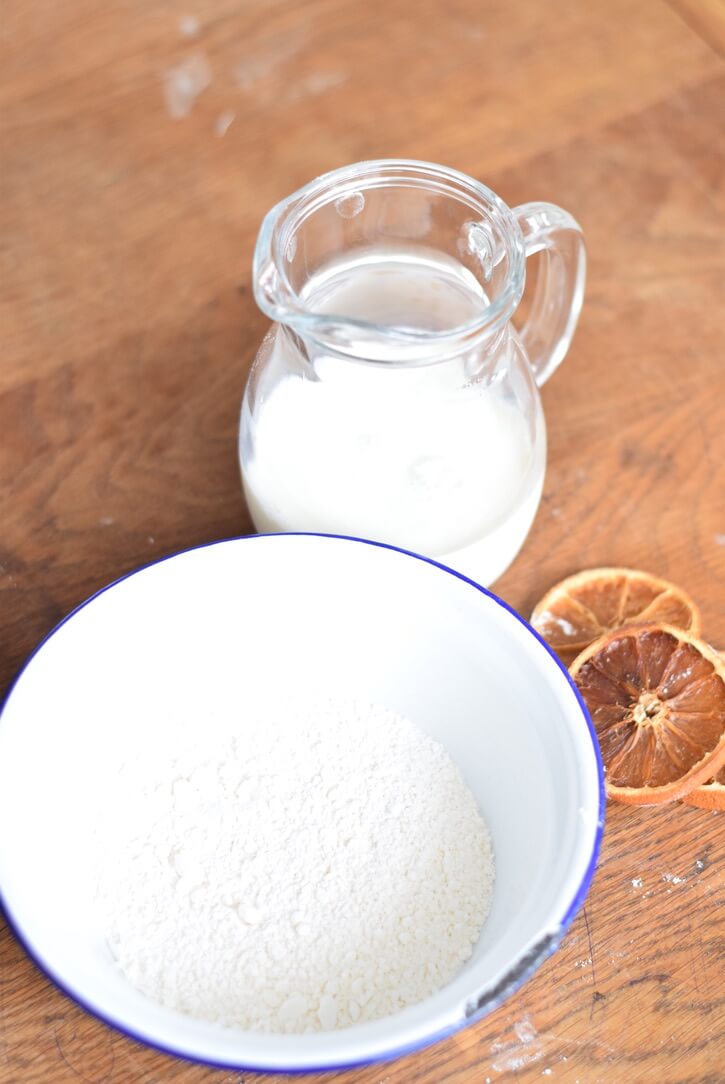
Common Wheat
In recent years, there has been an increase in the popularity of ancient grains. I think the realization that we’ve been cultivating our modern varieties on poor soils, awakened a longing for more nutritious foods.
As I mentioned before, there are significant differences between modern bread wheat and ancient grains like einkorn en emmer.
Most modern wheat varieties are hybridized through cross-breeding for specific properties such as high yield and disease resistance. This leads to regular wheat having a higher gluten content and having a lower nutritional value than its ancient counterpart.
White flour with a high gluten content is easy to work with, when you want to make a loaf of bread. It’s easy to form because the gluten gives it shape.
However, since it’s so processed there’s not much left of its nutritional value. Modern-day wheat is also more prone to disease. I talked about the shape of the einkorn at the beginning. How it’s designed in a way that the small, hulled kernels are close together. This makes it harder for diseases to enter and affect the wheat. Modern wheat varieties lack this helpful feature.
Modern-day wheat is cross-bred so it has large kernels, which yields more flour. But, this leaves more “room” for diseases to enter, which is often “solved” by spraying the wheat with pesticides and insecticides.
Nutritional Benefits
Whole grains have great health benefits and are a good source of fiber since all of the kernels that can be eaten are milled and contained in the flour. Whole grain flour is great for baking yeast breads. If you want a lighter type of yeast bread, you could use high-extraction flour. This type of flour has some of the bran sifted out, making it a flour that’s in between all-purpose and whole-grain flour.
Especially when you soak your grains by making sourdough bread, for instance, a lower gluten content in lower glycemic index makes the use of ancient grains a great option. Besides a lower glycemic index and potentially less gluten, ancient grains like einkorn are a good source of essential amino acids.
Bread Recipes with Ancient Grains
Ancient grains make strong bread flours and are fantastic to use for making bread. I love Einkorn for its health benefits. But each of the three main types of ancient grain has its great features that you get to know best if you just start using them. Keep on experimenting and trying new recipes and techniques.
I only use ancient grains in all of my recipes. Take a stroll through the recipe section on the blog for some easy-to-follow recipes, all made with ancient grains.
I hope I gave you an idea of the benefits of different types of ancient wheats and as always I want to encourage you to dig deeper and find out more. There have been several studies about the nutritional benefits of ancient grains. Find out what best suits your family and keep on experimenting with these lovely ancient grains.
